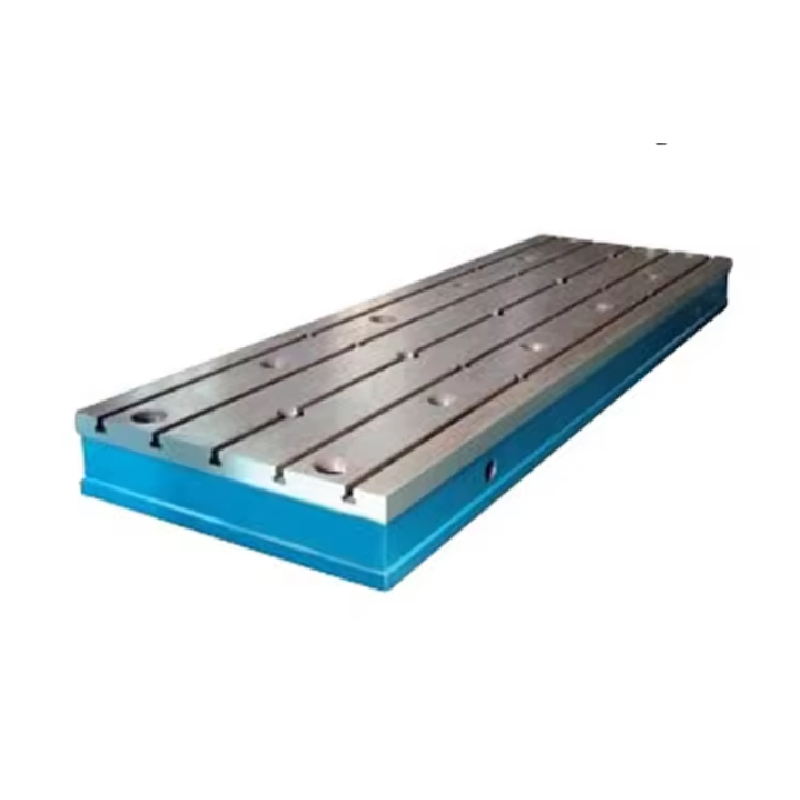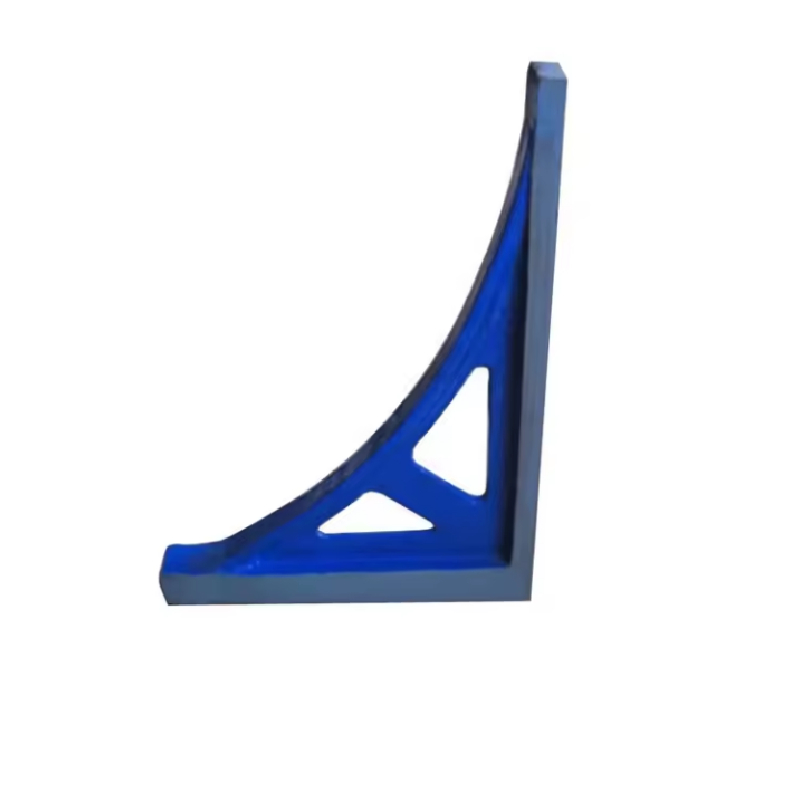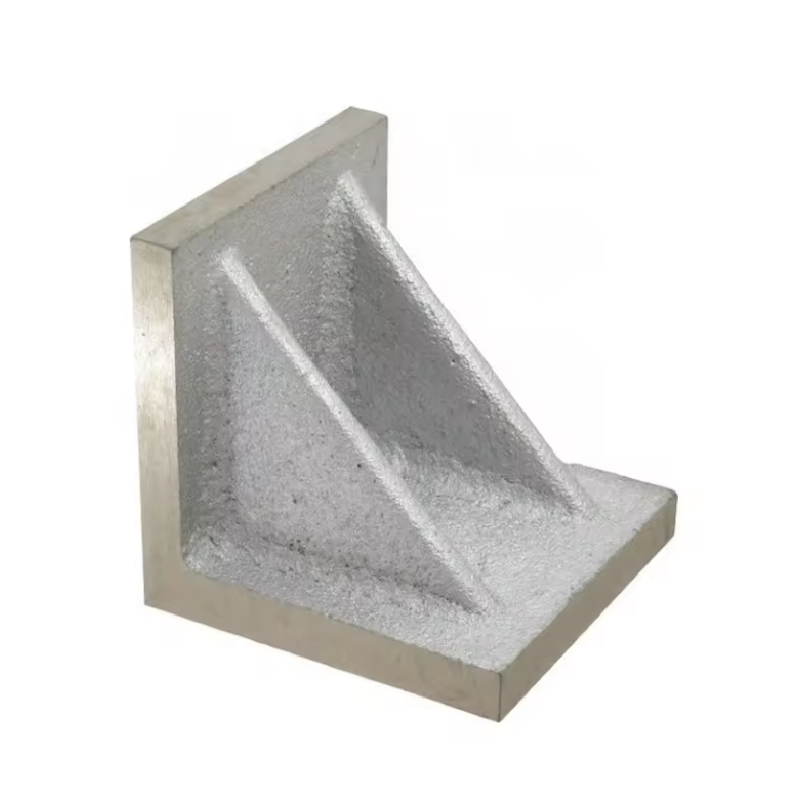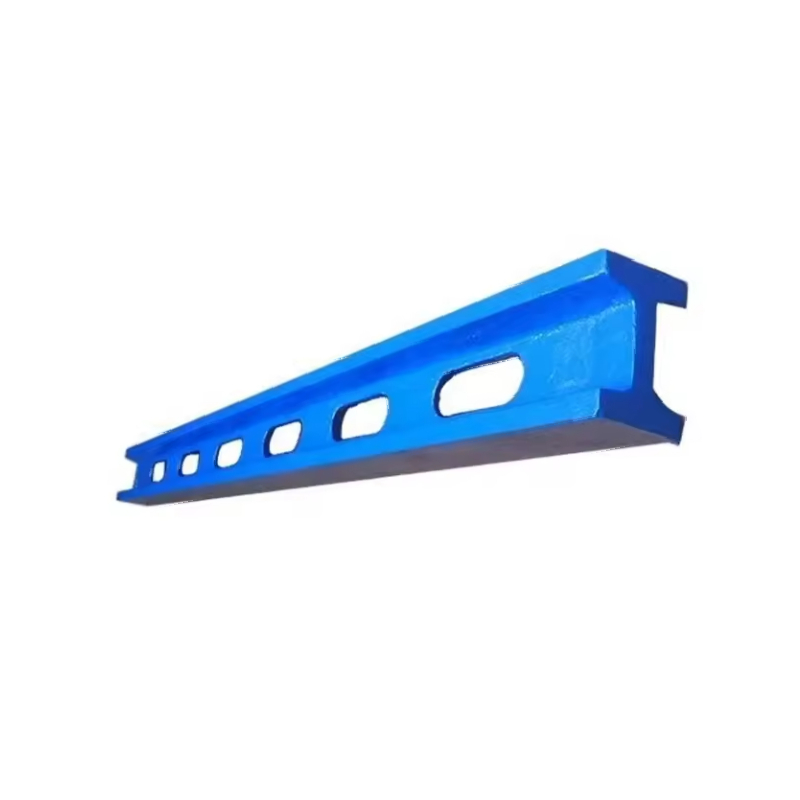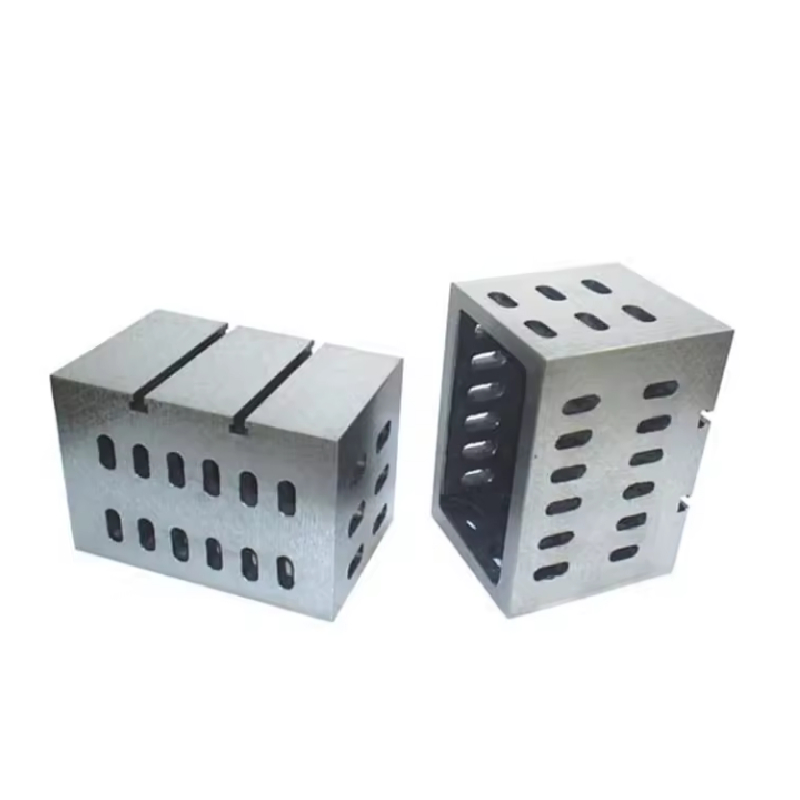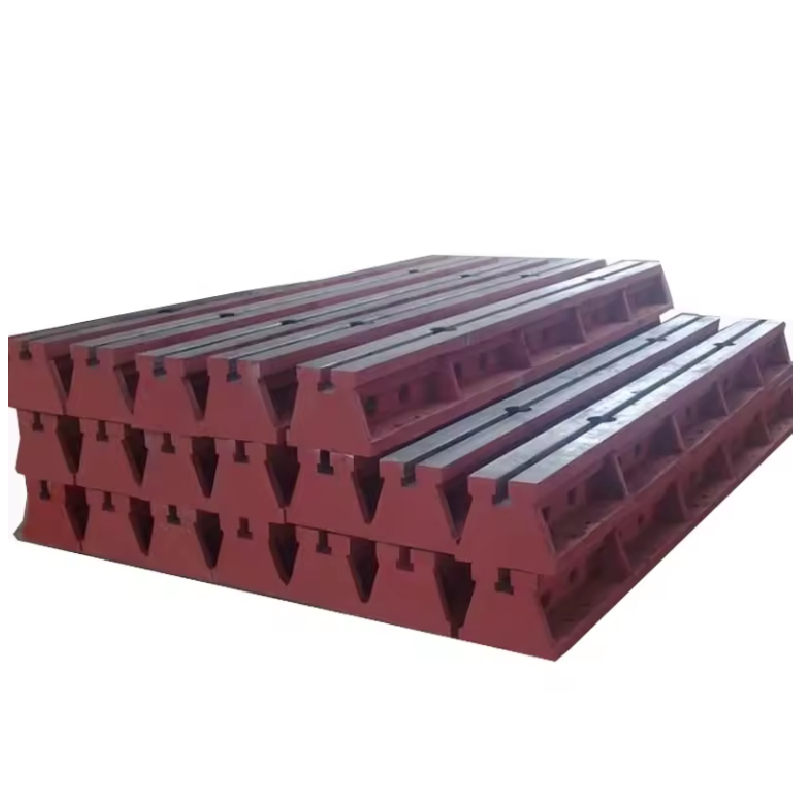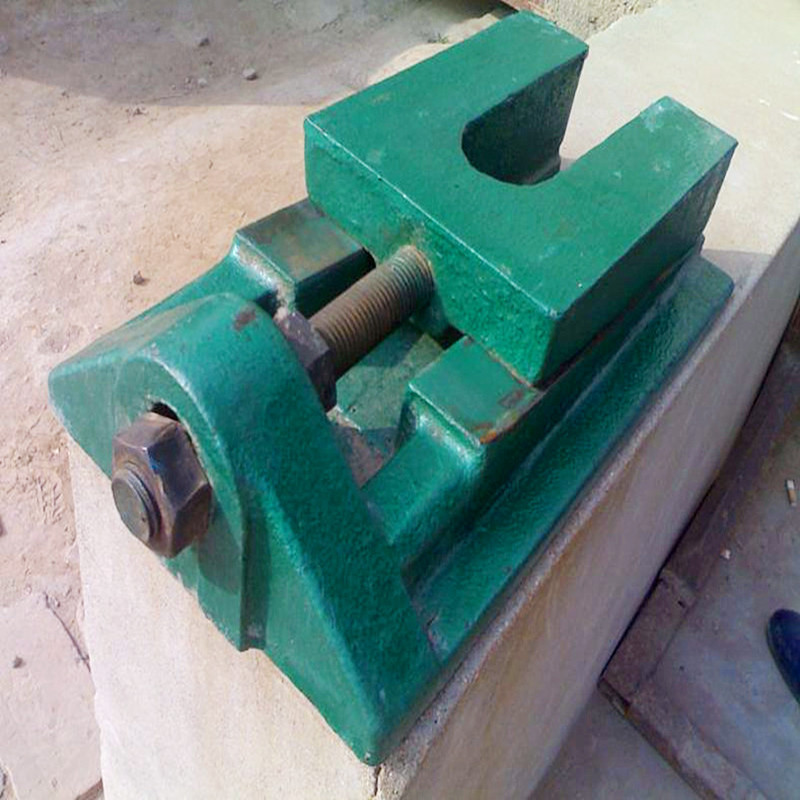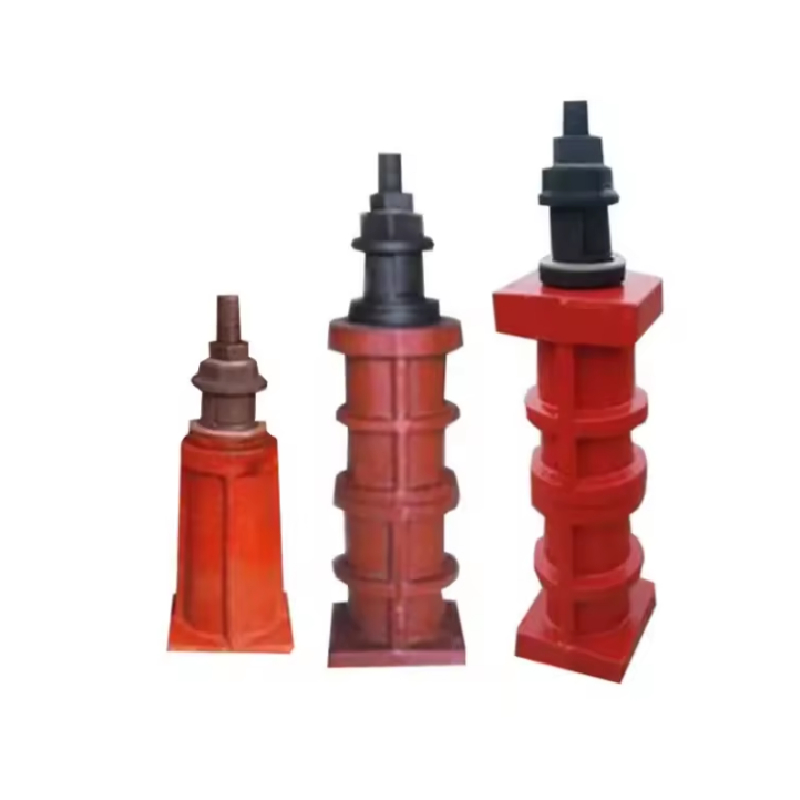Jul . 26, 2024 09:40 Back to list
Precision Measurement Tools for Inspecting Internal Diameters Using Dial Bore Gauges
Understanding the Dial Bore Gauge A Precision Tool for Measurement
The dial bore gauge is an essential instrument used in various industrial and engineering applications for measuring the internal diameter of holes and cylindrical parts accurately. Its design allows for precise dimensional measurements, making it invaluable in quality control, manufacturing, and maintenance processes. In this article, we'll explore the anatomy, functionality, and applications of the dial bore gauge, and why it's a critical tool in ensuring quality in mechanical components.
Anatomy of a Dial Bore Gauge
At first glance, the dial bore gauge may seem like a simple device, but it consists of several finely tuned parts that work together to provide accurate readings. The primary components include
1. Dial Indicator This is the most visible part of the gauge. It features a graduated dial that displays the measurement, typically in millimeters or inches. The needle or digital readout on the dial indicates the measurement taken.
2. Measuring Rods These rods extend into the bore and are the part that makes initial contact with the internal surface of the hole being measured. They can be adjusted to accommodate different diameters, ensuring versatility.
3. Contact Points These are the ends of the measuring rods that actually touch the interior surface of the cylinder. They are often made from durable materials to withstand wear and ensure longevity.
How a Dial Bore Gauge Works
Using a dial bore gauge is relatively straightforward but requires careful handling to ensure accuracy. First, the user inserts the gauge into the hole that needs measurement. The contact points expand against the walls of the bore until they meet resistance. The measurement is then recorded from the dial indicator, typically represented as a deviation from a set point or baseline diameter.
alat ukur dial bore gauge

Before taking measurements, it's crucial to calibrate the tool correctly. This often involves setting the indicator to zero when the gauge is at a predefined reference point. This process ensures that any variations from the expected diameter can be accurately captured and reported.
Applications of Dial Bore Gauges
The dial bore gauge finds its applications in various fields, including
1. Manufacturing In manufacturing plants, ensuring that parts are produced to exact specifications is vital. Dial bore gauges are extensively used to verify the dimensions of machined components, ensuring they fit together properly in assemblies.
2. Automotive Industry In the automotive sector, bore gauges help measure engine cylinder bores, ensuring that components like pistons fit tightly and securely within their respective sleeves.
3. Quality Control Quality assurance teams use dial bore gauges as part of their inspection routines to maintain adherence to engineering specifications and standards, thereby reducing the risk of defects in production.
4. Maintenance In maintenance applications, such as overhauls of engines and machinery, dial bore gauges are used to assess wear over time, identifying when parts need replacement or adjustment.
Conclusion
The dial bore gauge is a sophisticated yet user-friendly tool that plays a vital role in precision measurement across a wide range of industries. Its reliance on accurate readings makes it indispensable for quality control and assurance in manufacturing processes. Understanding how to properly use and calibrate a dial bore gauge is essential for anyone involved in mechanical engineering or production, as it directly influences the quality and reliability of the finished product. As industries continue to evolve towards greater automation and precision, the dial bore gauge will remain a cornerstone of accurate measurement in engineering and manufacturing.
-
Flanged Gate Valve: A Reliable Choice for Industrial and Municipal SystemsNewsAug.20,2025
-
Soft Seal Gate Valve: A Modern Solution for Reliable Pipeline ControlNewsAug.20,2025
-
Gate Valve Types: Understanding the Options for Your Pipeline SystemsNewsAug.20,2025
-
Y Type Strainer: Essential for Clean and Efficient Flow SystemsNewsAug.20,2025
-
Cast Iron Y Strainer: Durable Solutions for Demanding ApplicationsNewsAug.20,2025
-
Flanged Y Strainer: An Essential Component in Industrial Filtration SystemsNewsAug.20,2025
Related PRODUCTS


